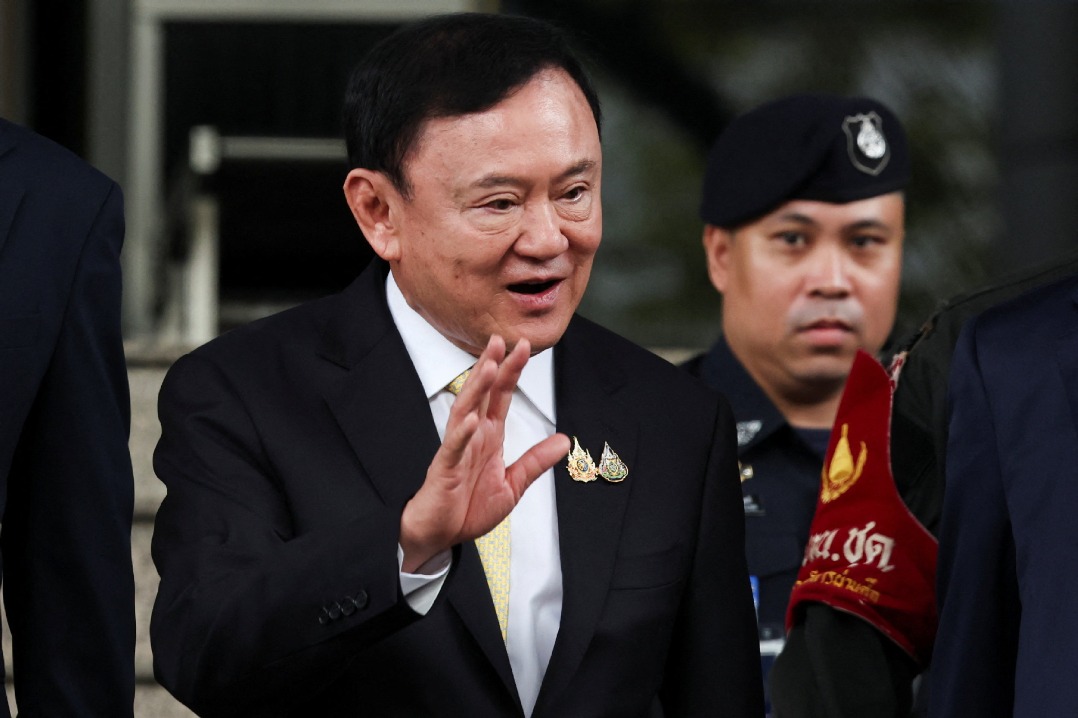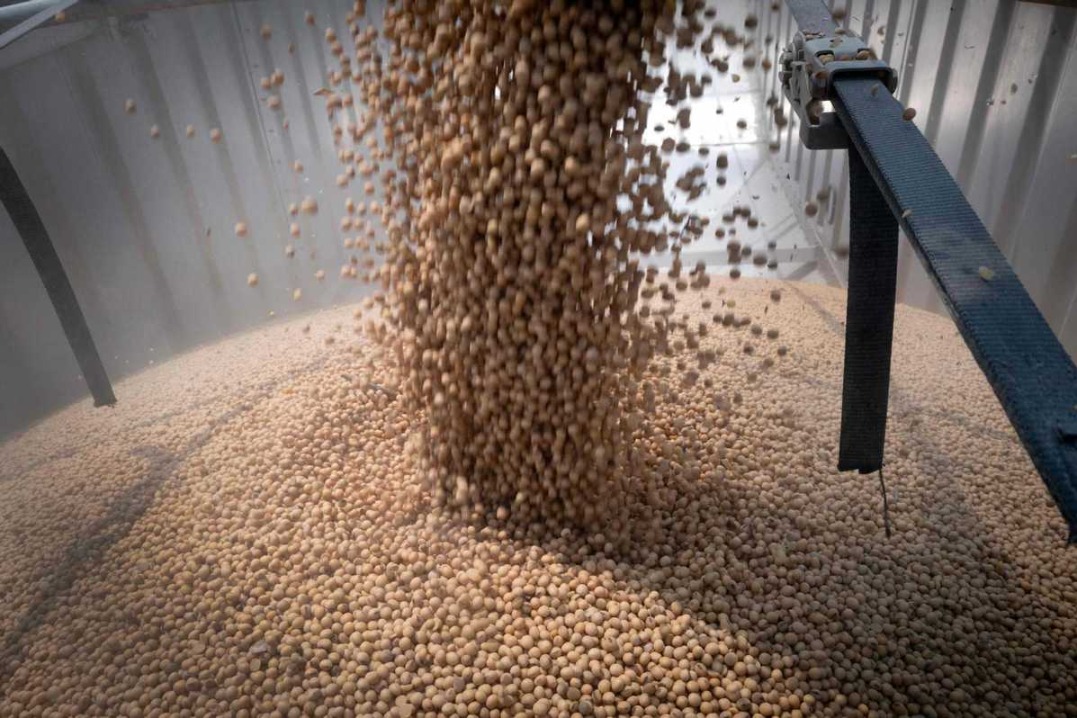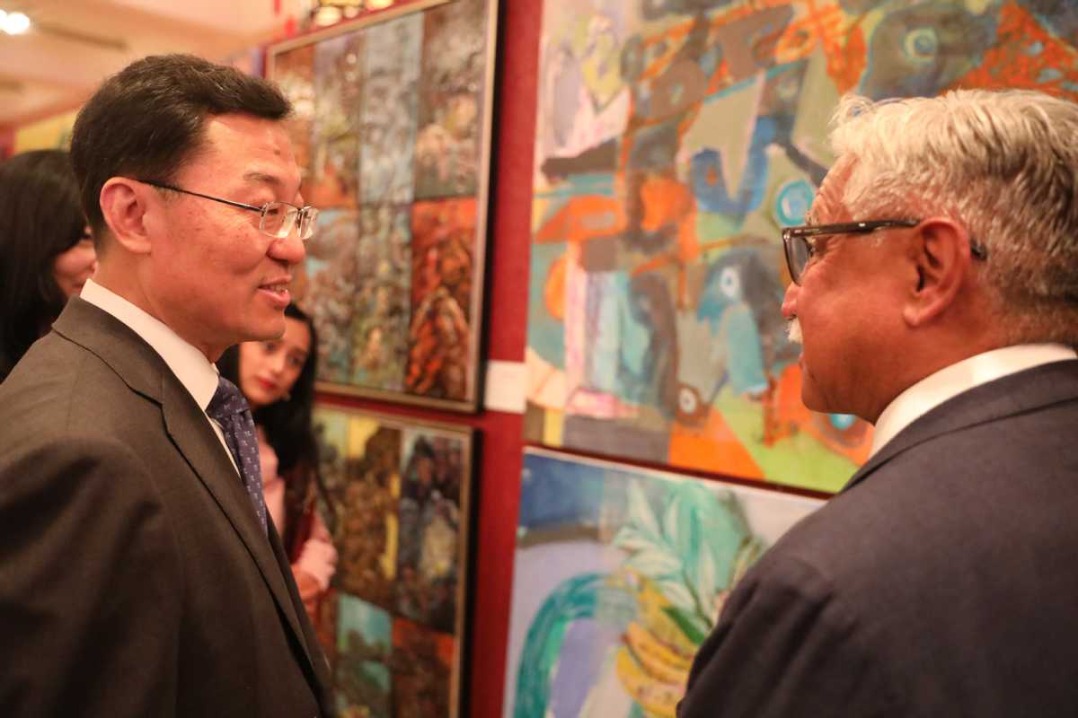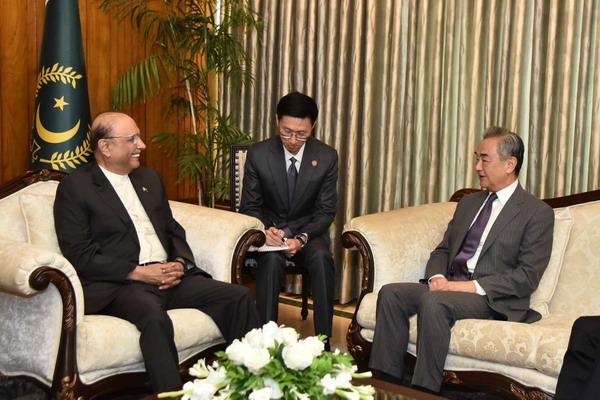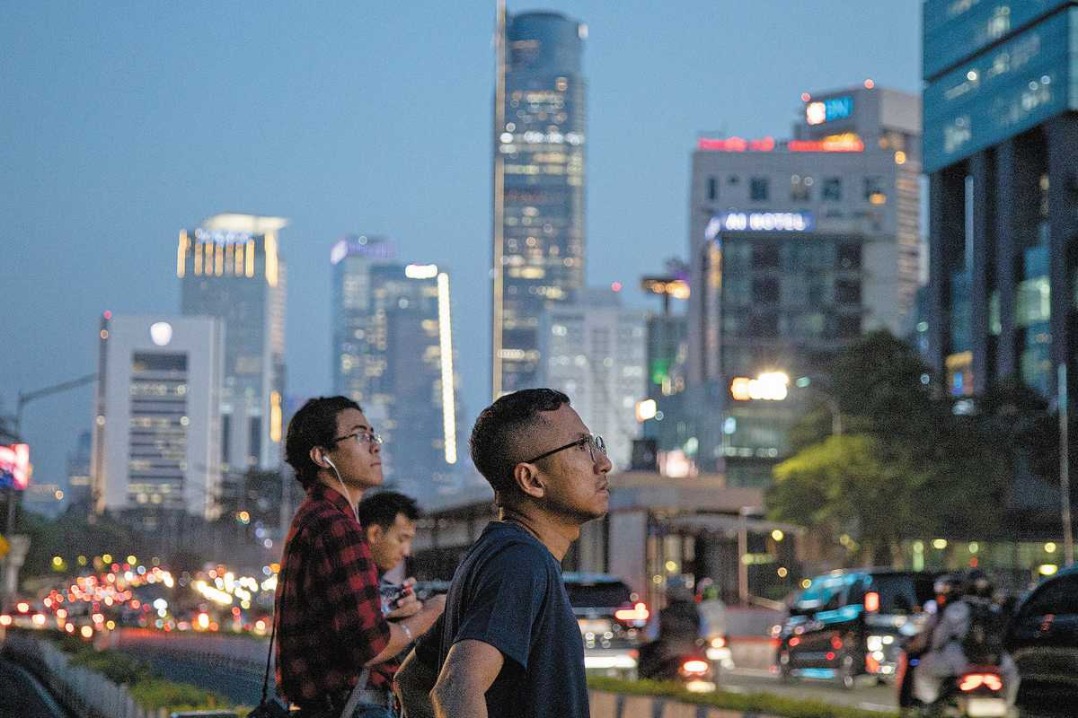DC Summit highlights resilience and potential in US-China soy trade

Amid trade uncertainties, scholars, industrial leaders and officials at Soy Connext 2025 emphasized the enduring potential and complementary nature of US-China soybean trade, citing robust data and long-term forecasts to underscore the need for renewed cooperation. With US farmers facing falling prices and South American competition, experts called for leveraging the complementary strengths of the world's largest agricultural exporter and importer, ensuring a resilient future for US-China soy trade.
The analyses were presented during the US-China Partner Breakfast Reception on August 22, an exclusive event held solely for the Chinese delegation, at the US Soybean Export Council's (USSEC) global summit in Washington, DC. Industry leaders voiced cautious optimism about reviving bilateral agricultural ties, despite tariff barriers and a shrinking US market share.
The breakfast reception provided a platform for dialogue among farmers, exporters, buyers and officials.
Cheng Guoqiang, a distinguished professor at Renmin University of China, framed the discussion by noting the transformative shift in global agricultural trade, led by emerging economies like Brazil. Drawing from OECD and FAO data, Cheng highlighted that global agricultural imports have grown 13.6 times since 2000, with China surpassing the EU as the world's largest import market. "From 2000, China's soybean imports (globally) grew from 13 million tons to 105 million tons last year, a 6.7-fold increase since joining the WTO," he said. Cheng emphasized China's unmatched crush capacity, noting that Asia's soybean processing exceeds 125 million tons annually, with China alone handling 150–160 million tons.
Cheng noted that trade wars have destabilized US-China soy trade, reducing the US share in China's market from nearly 60 percent pre-2018 to just 2 percent last year.
"The potential for US-China agricultural cooperation is huge and irreplaceable," he said, stressing that no country can match US agricultural output or China's market scale. He urged both nations to strengthen agriculture as the "ballast" of bilateral relations, citing the 2018 trade dispute's lingering impact on US farmers and Chinese buyers.
Jason Grant, a professor at Virginia Tech University, presented a forward-looking analysis with USSEC, projecting a 34 percent rise in China's soybean imports to over 140 million tons by 2034. "China buys over 60 percent of global soybean imports, driving demand with its unmatched crush capacity and soybean oil production," Grant said. His study, covering 17 regions, forecasts global soybean production reaching 426 million tons by the 2025-26 marketing year, with China's feed meal demand growing 29 percent to 105 million tons by 2034, fueled by urbanization rates climbing to 68 percent to 70 percent over the next decade. Grant noted that Brazil's harvested area, growing at 4.2 percent to 5 percent annually, has outpaced the US' modest one percent growth, but China's demand remains a pivotal opportunity for American farmers.
Despite the positive outlook, current challenges loom large. US soybean sales for 2025-26 stand at 10.2 percent, the second lowest in nearly 20 years, with zero new crop orders from China. Retaliatory tariffs have raised duties on US soybeans to 34 percent, pushing China toward Brazilian suppliers and boosting US stockpiles to an estimated 43.8 million metric tons by year's end.
During the reception, USSEC Chair Janna Fritz gave opening remarks, highlighting 43 years of US-China soy collaboration, while USSEC vice-chair Mike McCranie closed by honoring longstanding partnerships with a message from Indiana's agriculture department.
Chinese Ambassador Xie Feng and Jason Hafemeister, trade policy coordinator at the US Department of Agriculture, also spoke, reinforcing agriculture's role as a "pillar" in bilateral relations and expressing eagerness to boost US soy exports to China.
Zhang Xiaoping, USSEC's Greater China representative, told China Daily that the breakfast reception was a "special privilege" for the Chinese delegation, reflecting high regard for China. "We should not be pessimistic due to temporary difficulties. US-China soy trade has a 43-year history, and the bilateral agricultural and industrial complementarity is very strong. In the long term, soy trade benefits both countries, so we are confident about the future," Zhang said.
Cao Derong, president of the China Chamber of Commerce for Import and Export of Foodstuffs, Native Produce, and Animal By-Products, noted that US-China agricultural trade reached $40 billion in 2024, with soybeans as the top commodity. He expressed hope that tariff barriers would soon ease to restore mutually beneficial trade flows.
















